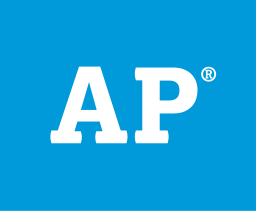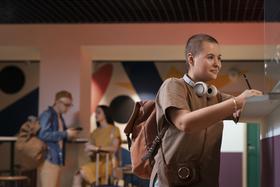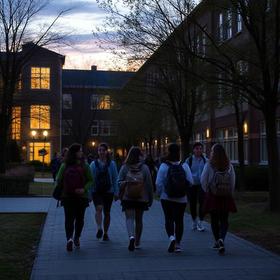Ideally, a private school education is a partnership. The school, parents, and student comprise this partnership. What makes this partnership unique is that all partners must work together for the best interests of a young person. In addition, each partner has a specific role to play and items to take care of. So, let's examine the three partners and their roles and obligations implicit in this arrangement, which makes a private school education a good value.
This video discusses effective parent-teacher communication.
School
Motivation Obviously, the school wants the partnership to work for several reasons. First, successes enhance the school's reputation. The academic marketplace is always competitive unless, of course, the school happens to be located ten miles from the James Bay. Word of mouth within a community spreads word of both successes and failures. I realize that some will interpret word of mouth as gossip, but most parents do their own diligence. They can distinguish between those with an ax to grind and the truth. Furthermore, parents visit schools and see for themselves and ask questions.
Contractual The contractual agreement the school signs with parents spells out its obligations. Private schools are unique. So, the contract you signed at another school will be very different from the one your child's current school requires you to sign. Review it carefully, and, if warranted, have your legal advisor review it.
Academic Academics, the curriculum, and how






























